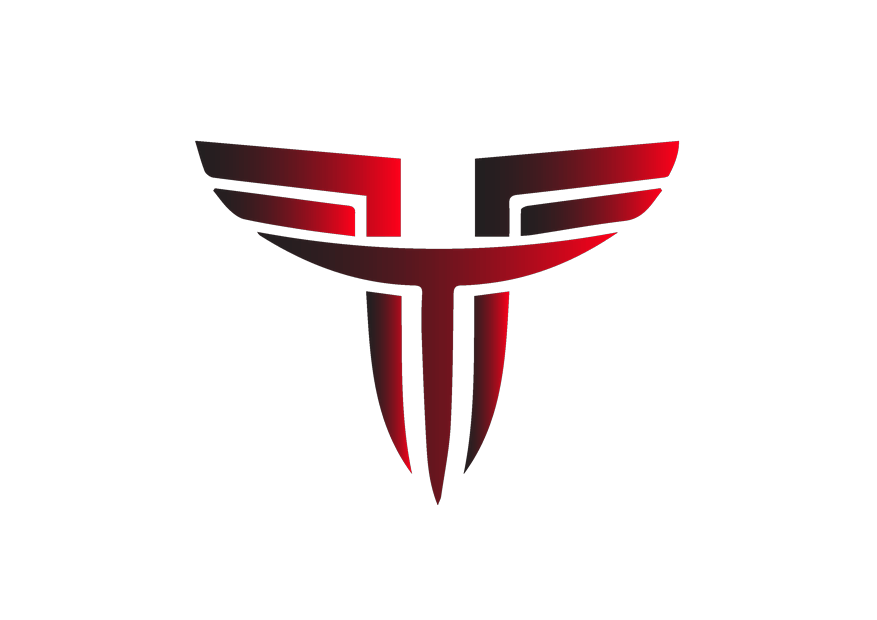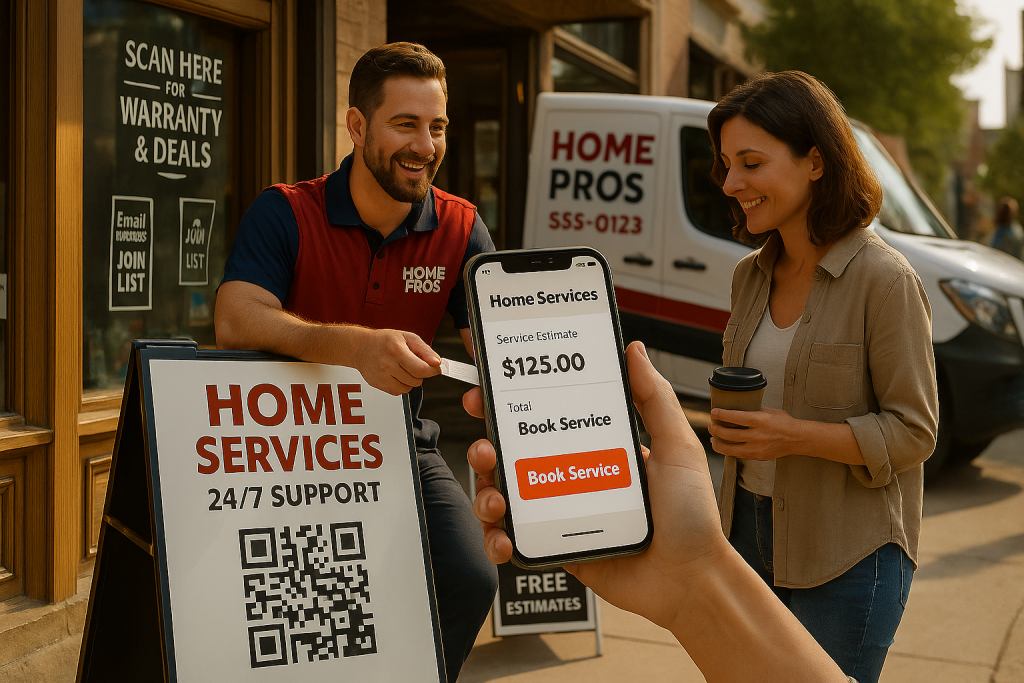PPC, or pay-per-click, advertising continues to be a go-to platform for marketers, especially with the rise of mobile devices. This type of marketing allows you to target potential customers and drive them to your site by bidding on keywords that are relevant to your brand or business.
In an ideal world, you might expect people to see your ads every time they search for related terms, but this is not how PPC works. Your ads might catch the eye of a few people here and there, but they’re unlikely to have the same degree of impression almost everywhere as organic social media posts do.
In order to get the most out of your PPC marketing campaign, you need to understand how impressions work and implement strategies that optimize them in your marketing plan.
What Are Impressions in PPC?
Impressions, like clicks, are a metric that reflects the performance of your ads. In PPC, an impression is counted when an ad shows on a user’s screen, but they don’t necessarily have to click on it.
In addition to clicks, impressions are one of the main KPIs that help you to evaluate the performance of your campaign. If you’re not getting enough impressions, you’re not going to get many clicks either – and the same goes for clicks and other metrics.
Impressions can be useful for a variety of reasons. First, they can tell you how many people are actually seeing your ads, which can be helpful if you’re trying to figure out if your ad is relevant.
But impressions can also help you see how often various ads are being shown. This is useful information because if you notice that one ad is being shown more often than another, you’ll know that it’s likely more effective.
Below we discuss some very effective tips for maximizing PPC return of investment and increasing your ad impressions.
Defining Impression Quality
Impression quality in PPC refers to how relevant your ad is to the user searching for particular terms.
High impression quality is important because it will increase your click-through rate.
Impression quality is one of the factors that go into your Quality Score, a term that refers to an overall PPC rating based on your performance.
You’ll want to ensure that your ads are being shown to people who are more likely to click on them, which is why a quality score is so important.
Find the Right Balance Between CPC and CPI
Cost-per-click (CPC) refers to the amount you’re willing to pay each time someone clicks on your ad. Cost-per-impression (CPI) refers to the amount you’re willing to pay for an impression, regardless of whether or not someone clicks on your ad.
In the beginning stages of your PPC campaign, you’re likely to see more clicks than impressions. Although this can be discouraging, it’s not necessarily a bad thing.
That said, you want to ensure your bid for impressions is set at a reasonable amount. This will help prevent you being charged too much for an ad that no one is clicking on.
Adjust Your Bid Strategy
Depending on your business and goals, you may want to adjust your bid strategy to target high-volume keywords with a lower bid or focus on low-volume keywords with a higher bid.
When you choose your keywords, you should be strategic about the volume of impressions and clicks you want to receive.
If you choose low-volume keywords with a high bid, you’ll likely see a lot of impressions and clicks. But if you choose high-volume keywords with a lower bid, you’ll see a lower amount of impressions and clicks.
This strategy is useful if you want to target keywords with a lower bid but receive fewer impressions and clicks. In this case, you’ll want to make sure you’re bidding high enough to stay relevant.
Alter Your Bid and Ad Rotations
Suppose you notice that one of your ads is receiving significantly more impressions than another ad. In that case, you might want to consider increasing the bid for that ad.
Conversely, if one of your ads is receiving significantly fewer impressions than another ad, you might want to decrease the bid for that ad.
Depending on the type of ads you have running, you might want to rotate them, so each ad has the chance to receive more impressions. You can do this by spending enough time on each ad to allow it to reach its “burn rate”—the point at which the ad is no longer receiving impressions.
As you gain more experience with PPC, you’ll be able to identify when an ad has reached its burn rate.
Modify Your Ad Copy & Images
One aspect of PPC that often goes overlooked is ad copy. If you haven’t been adjusting your ad copy, you may want to consider doing so.
The ad copy displayed for your ads is very important. You want to make sure that it’s compelling enough to convince people to click on your ad.
At the same time, you don’t want to be misleading or overly sales-y. When it comes to images, you have a few options.
You can upload a new image, change the image already being displayed, or change the image on the ad variation that you’re currently using.
Depending on the image you choose, you may see a significant increase in impressions.
Show More Ads
If you’re seeing low impressions, you may want to consider increasing the number of ads you’re showing.
Each ad has a “budget” for how much it can spend. Once that budget has been spent, the ad stops running until the next day.
You can increase the budget for your ads or show more ads by using the “increase budget” feature.
Keep in mind, however, that you’re only allowed to increase the budget for each ad once per day.
Look For Low-Impact Keywords
If your impressions are low, it might be because you’re targeting high-volume keywords with a low bid.
You can combat this by finding low-impact keywords. This refers to keywords that have a low volume but are highly relevant to your business. This can be difficult, but it’s worth the effort.
If you find keywords that have a low volume, but also have a high impression rate and are highly relevant to your business, you might be able to increase your impressions.
Maximize Your Business With PPC
PPC is a great way to drive traffic to your site, especially because you can target a very specific audience. In less than 72 hours, you can attract up to 5,000–10,000 visitors to your website, depending on your marketing objectives and spending plan.
And it’s always good to remember that PPC optimization is an ongoing process and not a “set-and-forget” task.
That said, you should always be on your toes and monitor ad performance regularly. Check-in with your ad campaign every now and then to improve PPC performance and gain optimal results.
Ready to implement a profitable PPC strategy for your business? Drop us a message or schedule a call with our PPC specialists for a free consultation.





